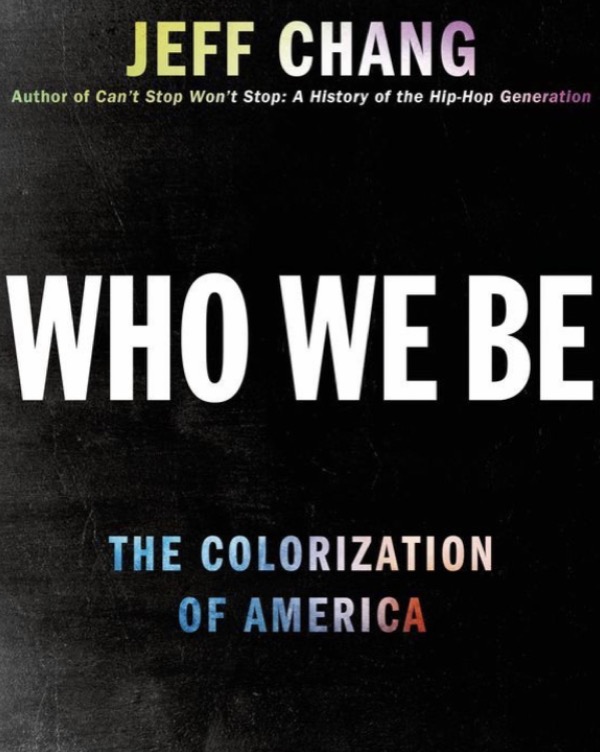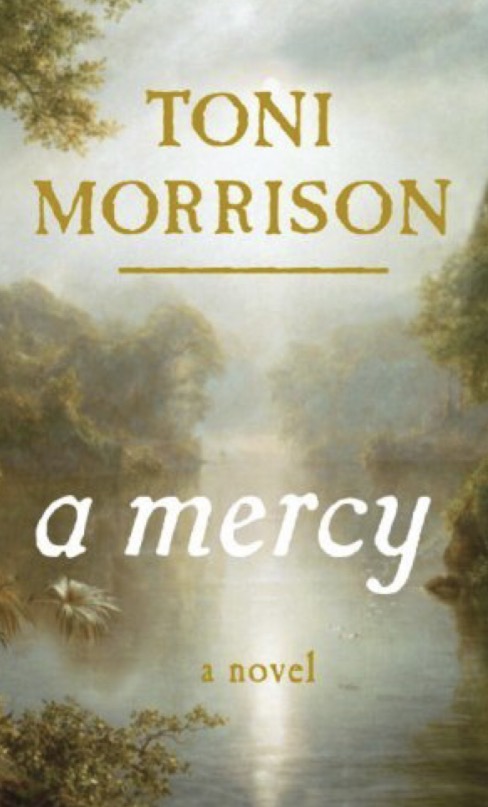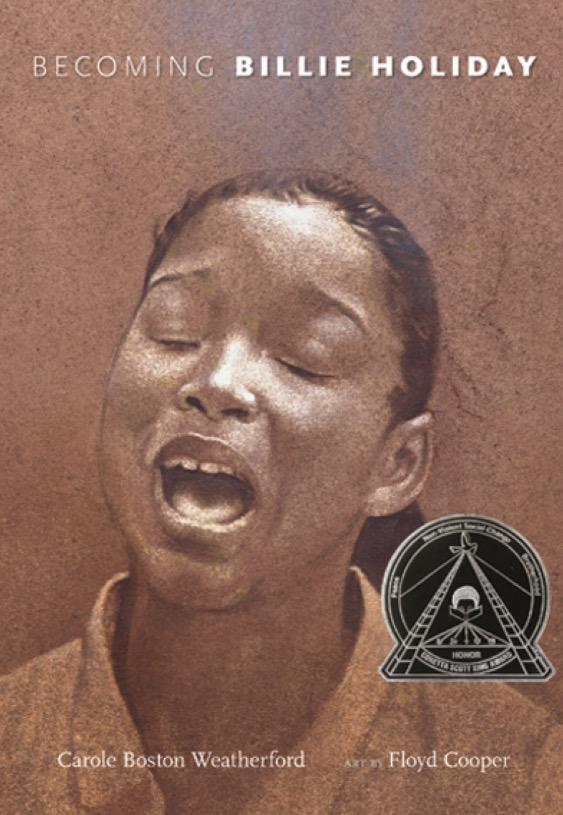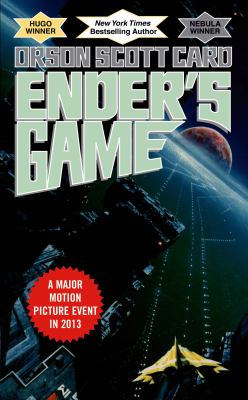It’s Black History Month, so Read This!

For more from the NPHS IMC, follow them on Twitter @NPHSIMC
Roots by Alex Haley
When he was a boy in Henning, Tennessee, Alex Haley’s grandmother used to tell him stories about their family – stories that went back to her grandparent, and their grandparents, down through the generations all the way to a man she called “the African.” She said he had lived across the ocean near what he called the “Kamby Bolongo” and had been out in the forest one day chopping wood to make a drum when he was set upon by four men, beaten, chained and dragged aboard a slave ship bound for Colonial America. Still vividly remembering the stories after he grew up, Haley began to search for documentation that might authenticate the narrative. It took ten years and a half a million miles of travel across three continents to find it, but he discovered not only the name of “the African” – Kunta Kinte – but the precise location of the very village in West Africa where he was abducted in 1767 and taken to Maryland. Haley has talked in The Gambia with his own sixth cousins and stood on the dock where his great-great-great-great-grandfather was taken ashore. He has recaptured six generations of his family’s history, as well as rediscovered for an entire people a rich cultural heritage that slavery attempted to take from them. Roots is one of the most eloquent testimonials ever written to the indomitability of the human spirit.
Who We Be: The Colorization of America by Jeff Chang
Race. The four-letter word. The greatest social divide in American life, a half-century ago and today. During that time, the United States has seen the most dramatic demographic and cultural shift in its history, what can be called the colorization of America. But the same nation that elected its first Black president on a wave of hope is still plunged into endless culture wars. How do Americans see race now? How has that changed – and not changed – over the past half-century? After eras framed by words like “multicultural” and “post-racial,” do we see each other any more clearly? From the dream of integration to the reality of colorization, Who We Be remixes comic strips and contemporary art, campus protests and corporate marketing campaigns, Martin Luther King Jr. and Trayvon Martin, into a powerful, unusual, and timely cultural history of the idea of racial progress. Jeff Chang bring fresh energy, style, and sweep to the essential American story.
A Mercy by Toni Morrison
A powerful tragedy distilled into a jewel of a masterpiece by this Nobel Prize-winning author. In the 1680s the slave trade was still in its infancy. In the Americas, virulent religious and class divisions, prejudice and oppression were rife, providing the fertile soil in which slavery and race hatred were planted and took root. Jacob is an Anglo-Dutch trader and adventurer, with a small holding in the harsh north. Despite his distaste for dealing in “flesh,” he takes a small slave girl in part payment for a bad debt from a plantation owner in Catholic Maryland. This is Florens, “with the hands of a slave and the feet of a Portuguese lady.” Florens looks for love, first from Lina, an older servant woman at her new master’s house, but later from a handsome blacksmith, an African, never enslaved. There are other voices: Lina, whose tribe was decimated by smallpox; their mistress, Rebekka, herself a victim of religious intolerance back in England; Sorrow, a strange girl who’s spent her early years at sea; and finally the devastating voice of Florens’ mother. These are all men and women inventing themselves in the wilderness. A Mercy reveals what lies beneath the surface of slavery. But at its heart it is the ambivalent, disturbing story of a mother who casts off her daughter in order to save her, and of a daughter who may never exorcise that abandonment. Acts of mercy may have unforeseen consequences.
Becoming Billie Holiday by Carole Boston Weatherford
In Philadelphia, Pennsylvania, on April 7, 1915, Sadie Fagan gave birth to a daughter. She named her Eleanora. The world, however, would know her as Billie Holiday, possibly the greatest jazz singer of all time. Eleanora’s journey into legend took her through pain, poverty, and run-ins with the law. By the time she was fifteen, she knew she possessed something that could possibly changer her life – a voice. Eleanora could sing. That remarkable voice led her to Harlem nightclubs, the Apollo Theater, and a place in the spotlight with some of the era’s hottest big bands. Billie Holiday sang from somewhere inside her that made it seem as if she had lived each lyric, and in many ways she had. This unique talent is what made Billie Holiday more than a singer. She was an artist. Through a sequence of raw and poignant poems that form the singer’s fictional memoir, award-winning poet Carole Boston Weatherford chronicles Eleanora Fagan’s metamorphosis into Billie Holiday. We hear the intimate voice of the artist as she examines her young life, her fight for survival, and the dream she pursued with passion. With stunning art by Floyd Cooper that captures the spirit of the time, this book offers a revealing look at a cultural icon.








